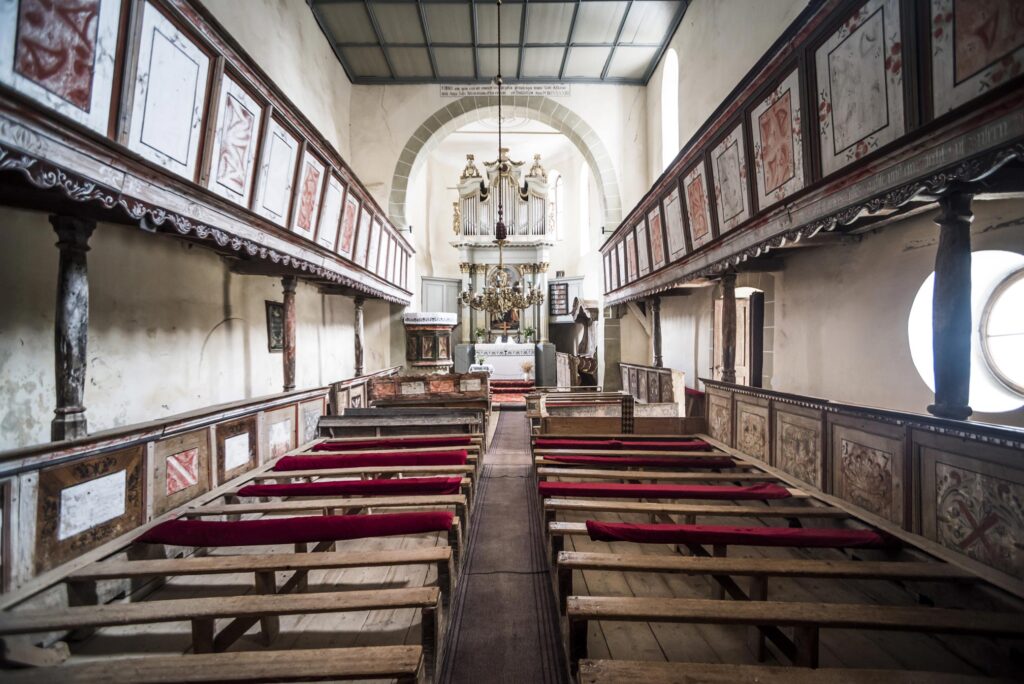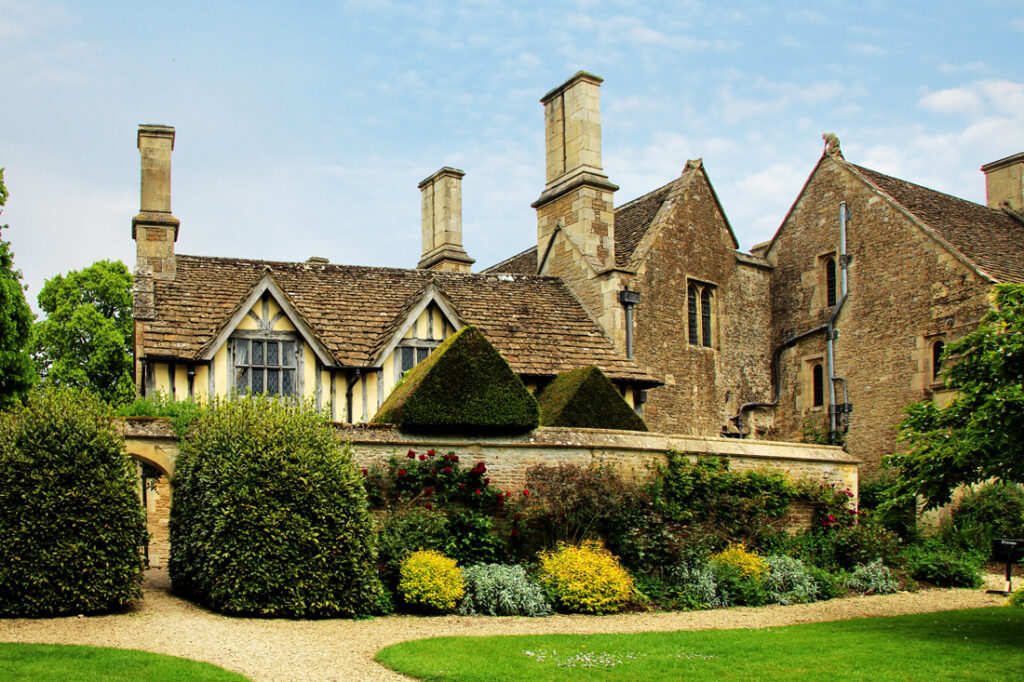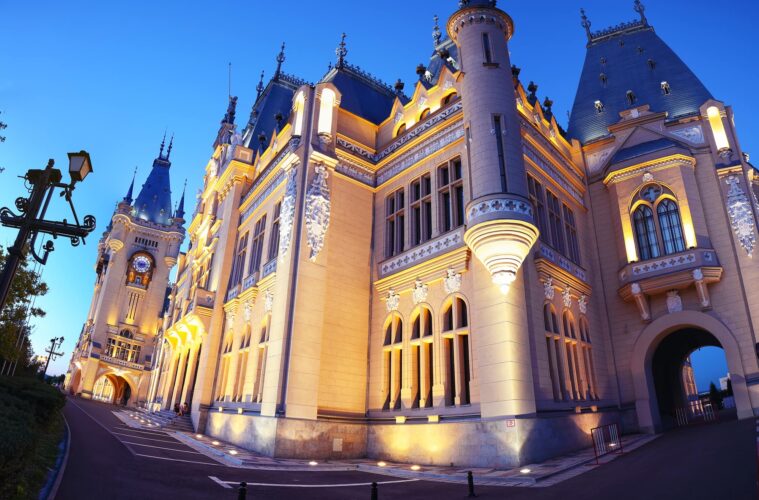Our heritage is the tangible treasures from past generations to pass on the wisdom and skills to the coming generation. The practices back then recognized the need to maintain information about the culture and historical events for the coming generations. In the bigger picture, heritage covers monuments, practices, art forms, and objects, that are a legacy of the past. The customs and traditions carried on as relics are all part of the rich heritage we own.

Heritage is acknowledged for its emotional connection with the people’s remembrances, the ideology it represents, and its prolonged impact through the years on the community it serves. Our heritage stays as a reminder for us to never forget our roots, and also how far we have come.
Heritage is an entity that narrates tales of the people. It is conceived by the people and exists for the people. About the context, history breathes throughout our cultural and social differences that form its inseparable parts. Architecture is yet another mode to relish these unbelievable contradictions. History itself is not averse to some degree of modernity. Our modern heritage sets an ideal vision, where the interrelation and interdependence of past and future are harnessed. Following the trail marks, we learn not to copy but to articulate and create new possibilities.
Ancient Monuments Protection Act
The first legal step taken toward the conservation of archaeological and historic places or structures in Britain was the “Ancient Monuments Protection Act of 1882”. It made pacts for the ‘guardianship’ of around 50 prehistoric sites and designated a single official for ancient monuments. Accountability for sites and monuments was formed through additional Acts during the early 20th century and it introduced the practitioners for application of the Act, listed building architects work on renovating and evolving the historic features of the listed buildings while preserving its heritage.

The most noteworthy changes took place after the end of the Second World War, the “Town and Country Planning Act of 1947” began the system of listing buildings and structures of particular historical, architectural, or cultural significance. However, the demolition of listed buildings, particularly in the countryside, continued almost unchecked in the 1950s and 1960s until strict new planning systems were laid down in the Planning Act of 1968.
This Act introduces to the world, for the first time the concept of Listed building, a rank which now carries full statutory responsibilities of preservation and conservation. English Heritage was created by the National Heritage Act of 1983 as the successor to several older bodies responsible to the Government for heritage sites.
This approach promises technological advancements without the need to change the historical importance and also acts as an asset to a city or numerous set of people. Which ultimately is the end goal whilst listed building projects require a lot more time and resources than most renovation projects, the result will be a beautiful, liveable historic vibe.
These buildings are protected from insensitive alterations that could damage their historical significance as their continued presence adds to contemporary environments and enriches our architectural vistas. These changes must be carefully considered and executed but progress and innovative new uses and additions of modern amenities are actively encouraged.
Levels of listed building status in England

Listed buildings were wisely leveled into three. Grade II is the most common. Grade I listed buildings are regarded as being of exceptional interest and carry the most conditions for owners. In Scotland and Northern Ireland listed buildings are graded A and B. Grade II listed buildings are considered of special interest and therefore all steps should be taken to preserve them. Grade II* listed properties are considered to be particularly important examples of special interest buildings. Grade II listed buildings are regarded as of special architectural or historic interest which are representative examples of a period, style, or building type.
The practices back then recognized the need to maintain information about the culture and historical events for the coming generations. We have to sustain the most precious parts of our history because it has inherent values and constitutes a non-replaceable resource that can’t be replaced and therefore, is conserved for the benefit of our descendants. Discovering our past also gives a historical view of our heritage and serves as a guide to know information about what to expect in the future.
It is all around us. It is in the places we live, places of work, the transport we use, places of worship, parks and gardens, the places we go to for sport, in the ground beneath our feet, in the shape of the landscape, and the placing and arrangement of fields, villages, towns, and cities. Heritage is also found in guardianship, from conserving it in the museums to safeguarding it through the family ancestors, and in the intangible elements such as our customs, traditions, and language.

The importance of the cultural heritage stretches beyond history, ascribing more to the special character and feeling of belonging they elicit in our hearts. These buildings stand on grids that hold their principles and boxes that are not just merely shelter. From Mesopotamia to Harappa and then from Romans to Mughals, their facets lie in the structural brilliance and humble appearance, leaving us to admire in awe.
Our heritage stays as a reminder for us to never unlearn where we belong, and also how far we have come. We inherit all the tangible and intangible things from our heritage, but today the term is misinterpreted to be limited to places, objects, and skills but they have more importance than just their utility. In different words, they hold more value than their functional aspect.
The listed building consent is similar to your general planning permission. There are few listed building architects working in support of the motion, the architect makes an application, and the local planning authority approves or returns the application. The planning authority may also need to seek approval from Historic England and National Amenity Societies. The difference with listed building consent is that there are just further restrictions and considerations that need to be analyzed compared to your typical planning application.
So it is recommended to hire an experienced architect who has worked on conservation projects before, who may also recommend using a specialist planning consultant too. For the pre-application process, it can even be advised to use the local planning office to consult on any restrictions to be had.



